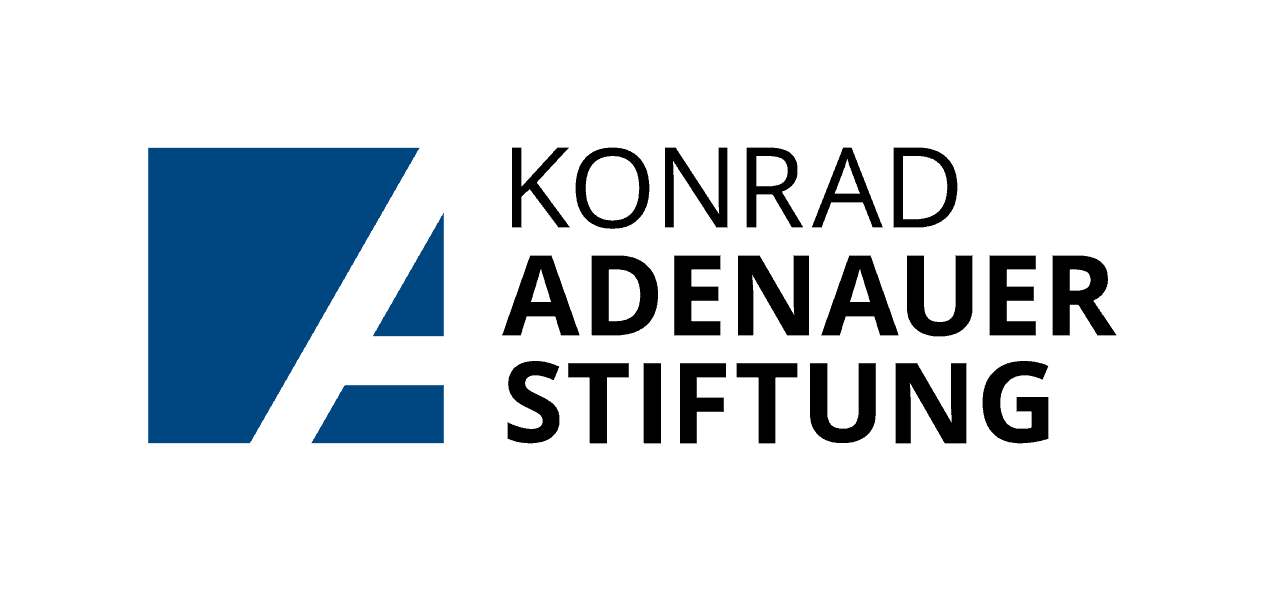Every story needs to begin and end well. The beginning and the end are the strongest parts of any piece of writing. A good introduction pulls readers in and gives them a frame through which to view the whole story. Most studies show that if the introduction of a story is not appealing, readers will not carry on, regardless of the topic. Similarly, the ending is the one idea that readers take away from the story.
Ways to begin include:
- > A portrait or scene-setter
- > A summary of the story theme in one short sentence
- > The results or impact. Then you can track back to tell how it happened.
In all cases, do not make the reader wait too long to tell them what the story is about. A good rule of thumb is that no more than 10 percent of a story should be introductory material. But do not think of this – to use a textbook term – as a ‘delayed lead’. Your story begins where it begins and that does not have to be with a list of facts.
Your conclusion should work the same way. Satisfying ending:
- > Tie up loose ends (what happened to the characters or what will happen next)
- > Summarise the theme once more to remind us why we are interested
- > Create a ‘kicker’ (a sting in the tail that makes people think, which could be a punchy quote)
- > Emphasise context; they remind readers of the hopes, constraints and linked developments underpinning your story
- > Go back to the people we met at the beginning, and let them have the last word
- > Never resort to the trite ending that ‘only time will tell’. You are the investigator and you destroy readers’ confidence in your authority if you shrug the story off without providing a definite resolution.
Equally important in stringing your story together are the transitions: The way the story moves from section to section, and paragraph to paragraph.
The most useful techniques for creating a unifying narrative:
- > Bring up the thesis regularly
- > Use extended metaphors to tie ideas together and make them vivid. For example, you could discuss the environment as a human body, where all the parts have to work together
- > Use an image, an object, a proverb or something adaptable for your investigation that runs like a thread in the story.
Simple words can be extremely powerful in keeping the reader with you as you track a complex argument. Use signpost words to indicate whether one paragraph follows on from the previous one (eg. ‘and’), changes direction (‘but’), is a consequence (‘so’), follows after (‘then’), and so on.
After you write your initial draft, your story is unlikely to be perfect yet. One important thing to do at the finalising stage is to check that information collected early in your reporting process is still valid and has not been contradicted by later discoveries. At the same time, new facts, scientific reports or test results may have emerged. It is worth repeating your web-search.
As you edit your story, you may find that a chunk of your text still makes for heavy reading. You could pull it out of the story into a box or a sidebar. Remember, the best stories are re-drafted more than once. Editing your writing is not a luxury or a chore; it is part of the process of writing the best possible story you can. If re-drafting and editing alone becomes too onerous, find a colleague or team member to help move the editing and critiquing process along. Good ideas come from teamwork.

